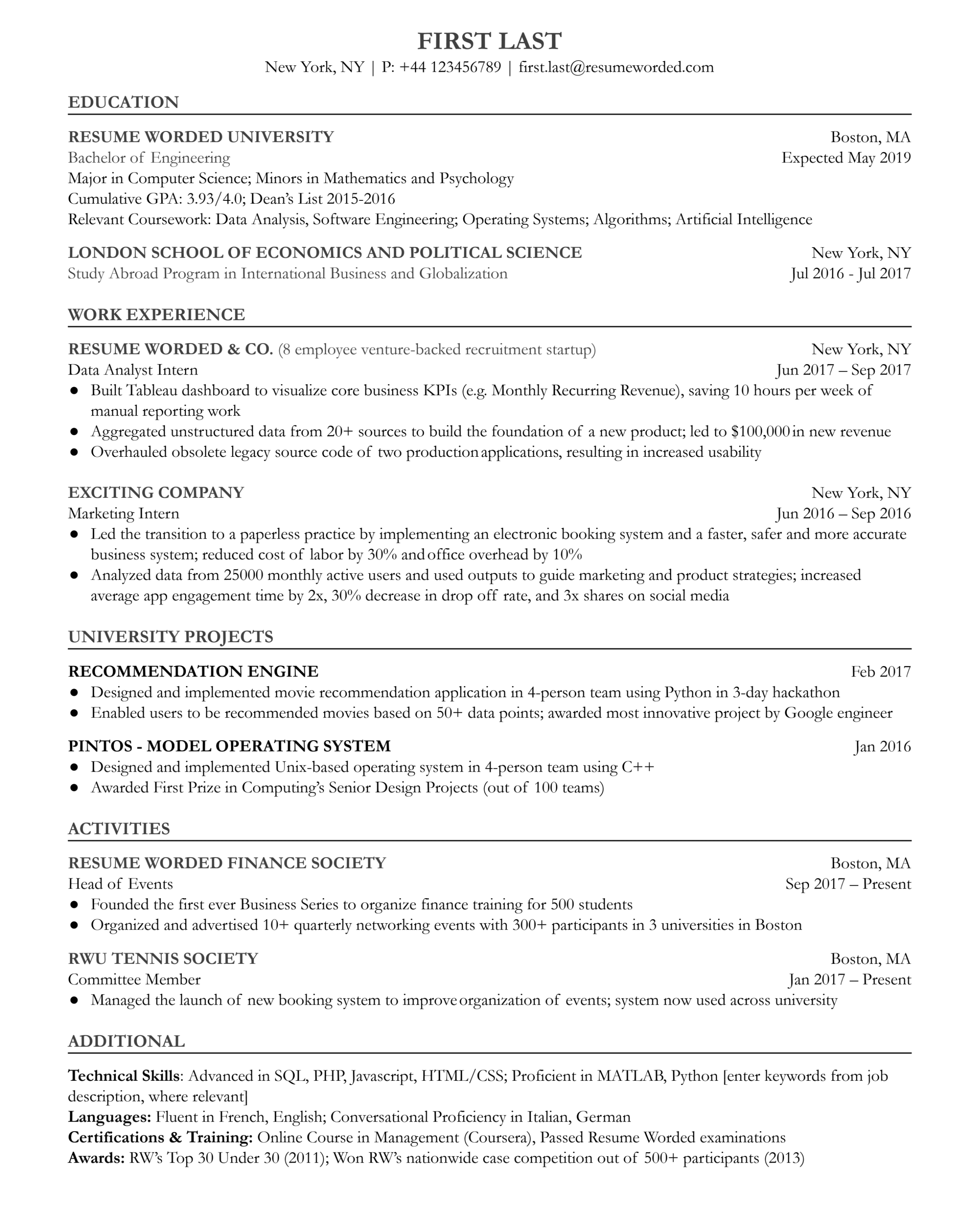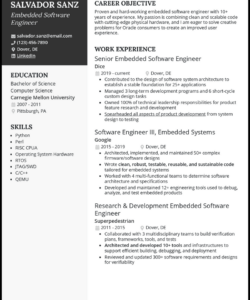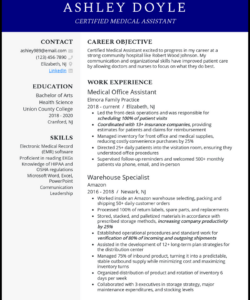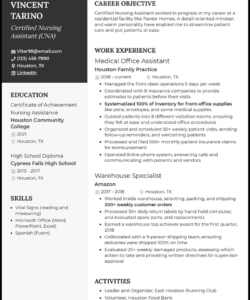So, you’re looking to dive into the exciting world of data analysis, but you’re just starting out, right? Landing that first entry-level data analyst job can feel like a daunting task, especially when you’re up against candidates with more experience. The good news is, a well-crafted resume can be your golden ticket, showcasing your potential and enthusiasm even if your professional experience is limited.
The key is to present your skills, knowledge, and any relevant projects in a way that truly catches the eye of hiring managers and bypasses those pesky Applicant Tracking Systems. That’s where a thoughtfully designed entry level data analyst resume template comes in handy. It provides a structured framework to highlight what matters most, making your application clear, concise, and compelling.
Crafting Your Entry-Level Data Analyst Resume
Building an effective resume when you’re new to the field means focusing on your foundational knowledge, transferable skills, and any practical experience you’ve gained, whether through academic projects, online courses, or even volunteer work. Think of your resume as your personal marketing document, designed to tell a compelling story about why you’re the perfect fit for that data analyst role. It’s not just about listing everything you’ve ever done, but strategically presenting the most relevant information.

You’ll want to ensure your resume clearly communicates your proficiency in the tools and techniques vital to a data analyst. Even without a formal “data analyst” job title on your past work history, you can still demonstrate your capabilities by emphasizing specific projects where you collected, cleaned, analyzed, and visualized data. Quantifying your achievements, even in a project setting, can make a huge difference in illustrating your impact. For instance, instead of just saying “analyzed sales data,” you could say “analyzed sales data to identify trends, leading to a recommended strategy that projected a 15% increase in quarterly revenue.”
Key Sections to Include
- Contact Information
- Professional Summary or Objective
- Skills (Technical & Soft)
- Experience (Projects, Internships, Volunteer)
- Education
- Certifications (Optional but good)
Each of these sections plays a crucial role. Your Professional Summary should be a concise pitch, tailored to the specific job description, highlighting your strongest skills and career aspirations. The Skills section is where you list your technical proficiencies like Python, R, SQL, Excel, Tableau, and Power BI, alongside crucial soft skills such as critical thinking, communication, and problem-solving. In the Experience section, focus heavily on academic projects, personal projects, internships, or any roles where you used data. For Education, beyond listing your degree, consider adding relevant coursework or GPA if it’s strong.
Making Your Template Stand Out
Once you have the core content for your resume, the next step is to optimize it so it truly shines and gets noticed. Many companies use Applicant Tracking Systems (ATS) to filter resumes before a human ever sees them. To pass through these digital gatekeepers, it’s vital to incorporate keywords from the job description naturally throughout your resume. This means carefully reading the job posting and weaving in the specific skills and responsibilities mentioned into your summary, skills, and experience sections.
Beyond ATS optimization, the visual presentation of your resume matters. A clean, professional, and easy-to-read layout is essential. Avoid overly flashy designs or excessive graphics; clarity and conciseness should be your guiding principles. Utilize clear headings, bullet points, and consistent formatting to make it simple for recruiters to quickly scan and extract the most important information. Remember, they often spend mere seconds on each resume initially.
Consider adding a link to an online portfolio or a GitHub repository in your contact information section. This provides a fantastic opportunity for hiring managers to see your projects in action, demonstrating your practical skills and passion for data analysis beyond what a static document can convey. An active portfolio with well-documented projects can significantly strengthen your application, especially when you’re applying with an entry level data analyst resume template. It shows initiative and a tangible body of work.
Finally, always proofread your resume meticulously. A single typo or grammatical error can undermine your professionalism and attention to detail, two qualities highly valued in data analysis. Ask a friend or mentor to review it as well, as a fresh pair of eyes can often catch mistakes you might have overlooked. Tailoring your resume for each application is also key; a generic resume rarely performs as well as one specifically adapted to the job you’re applying for.
Embarking on your journey into data analysis is an exciting endeavor, and a well-prepared resume is a powerful tool to open doors. By focusing on your core competencies, showcasing relevant projects, and optimizing your document for both human eyes and automated systems, you significantly increase your chances of securing that initial interview. Stay persistent, keep learning, and your dedication will undoubtedly lead you to your first rewarding role in the data world.


